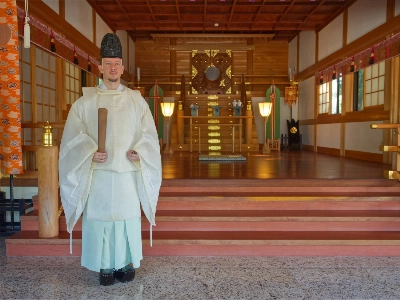They lived on a remote dot of land in the middle of the Pacific, 3,700 km west of South America and 1,770 km from the closest island, erecting huge stone figures that still stare enigmatically from the hillsides.
But the ancient Polynesian people who populated Easter Island, or Rapa Nui, were not as isolated as long believed. Scientists who conducted a genetic study, published Thursday in the journal Current Biology, found these ancient people had significant contact with Native American populations hundreds of years before the first Westerners reached the island in 1722.
The Rapa Nui created a unique culture best known for the 900 monumental head and torso stone statues known as "moai" erected around Easter Island. The culture flourished starting around 1200 until falling into decline by the 16th century.


















With your current subscription plan you can comment on stories. However, before writing your first comment, please create a display name in the Profile section of your subscriber account page.